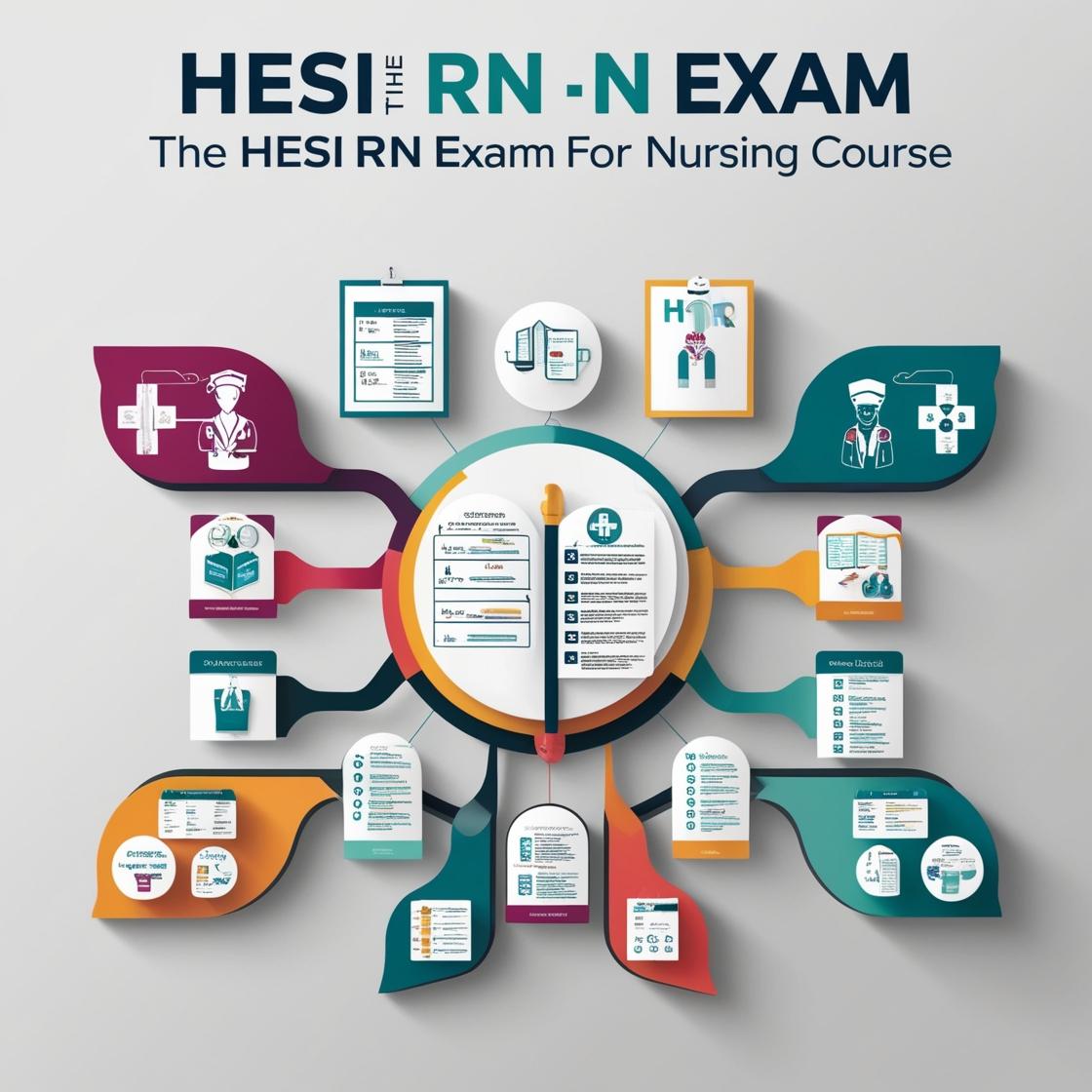HESI RN
Nutrition HESI Practice Exam
1. The client is receiving discharge teaching for heart failure. Which statement made by the client indicates a need for further teaching?
- A. I will weigh myself daily and report any significant weight gain to my healthcare provider.
- B. I will limit my sodium intake to help manage my heart failure.
- C. I will take my medications as prescribed by my healthcare provider.
- D. I will stop taking my medications if I feel better.
Correct answer: D
Rationale: Choice D is the correct answer because stopping medications when feeling better can be harmful in heart failure. It is essential to complete the full course of medication as prescribed by the healthcare provider to effectively manage heart failure. Choices A, B, and C demonstrate good understanding and compliance with heart failure management strategies, such as monitoring weight, restricting sodium intake, and adhering to prescribed medications, respectively.
2. A nurse at a provider's office is reinforcing teaching with a client who is being treated with chemotherapy and is losing weight. Which of the following instructions should the nurse give to increase the client's caloric intake? (Select one that doesn't apply).
- A. Top yogurt with granola.
- B. Use honey on toast.
- C. Use milk instead of water in recipes.
- D. Increase fluids during meals.
Correct answer: D
Rationale: Increasing fluids during meals does not directly contribute to increasing caloric intake. Topping yogurt with granola, using honey on toast, and using milk instead of water in recipes are effective ways to boost caloric intake. While adequate fluid intake is important for hydration and overall health, it does not address the specific need to increase caloric intake in this scenario.
3. An 86-year-old nursing home resident who has decreased mental status is hospitalized with pneumonic infiltrates in the right lower lobe. When the nurse assists the client with a clear liquid diet, the client begins to cough. What should the nurse do next?
- A. Add a thickening agent to the fluids
- B. Check the client's gag reflex
- C. Feed the client only solid foods
- D. Increase the rate of intravenous fluids
Correct answer: B
Rationale: Checking the client's gag reflex is the appropriate action in this scenario. It helps assess the client's ability to swallow safely without the risk of aspiration. Adding a thickening agent to the fluids (Choice A) may be considered later if swallowing difficulties persist. Feeding the client only solid foods (Choice C) can increase the risk of aspiration in this case, and increasing the rate of intravenous fluids (Choice D) does not address the swallowing concern.
4. A healthcare professional is assisting with the development of an education program about nutritional risk among adolescents to a group of parents of adolescents. Which of the following information should the healthcare professional include in the teaching? (Select all that apply).
- A. Skipping more than three meals per week
- B. Eating fast food once a week
- C. Hearty appetite
- D. Drink whole milk to ensure adequate calcium intake.
Correct answer: A
Rationale: Skipping more than three meals per week is an indicator of poor nutritional habits in adolescents. This can lead to inadequate nutrient intake and negatively impact growth and development. Choices B, C, and D are not directly associated with poor nutritional habits among adolescents. Eating fast food once a week may not necessarily indicate poor nutrition if the overall diet is balanced. Having a hearty appetite does not provide specific information about nutritional risk, as appetite can vary among individuals. While whole milk can be a source of calcium, it is not necessary to drink whole milk specifically to ensure adequate calcium intake, as there are other sources of calcium available.
5. A nurse is reinforcing teaching about food choice with the mother of an 8-month-old infant. Which of the following statements by the mother indicates a need for further teaching?
- A. I will give my child peanut butter and mashed egg whites.
- B. I will give my child rice cereal and crackers.
- C. I will give my child pureed liver and strained pears.
- D. I will give my child applesauce and green peas.
Correct answer: A
Rationale: The correct answer is A because peanut butter and egg whites are not recommended for infants under 12 months due to the risk of choking and allergies. Choices B, C, and D are appropriate food choices for an 8-month-old infant. Rice cereal, crackers, pureed liver, strained pears, applesauce, and green peas are all suitable options for introducing solid foods to infants.
Similar Questions

Access More Features
HESI RN Basic
$89/ 30 days
- 50,000 Questions with answers
- All HESI courses Coverage
- 30 days access @ $89
HESI RN Premium
$149.99/ 90 days
- 50,000 Questions with answers
- All HESI courses Coverage
- 30 days access @ $149.99
